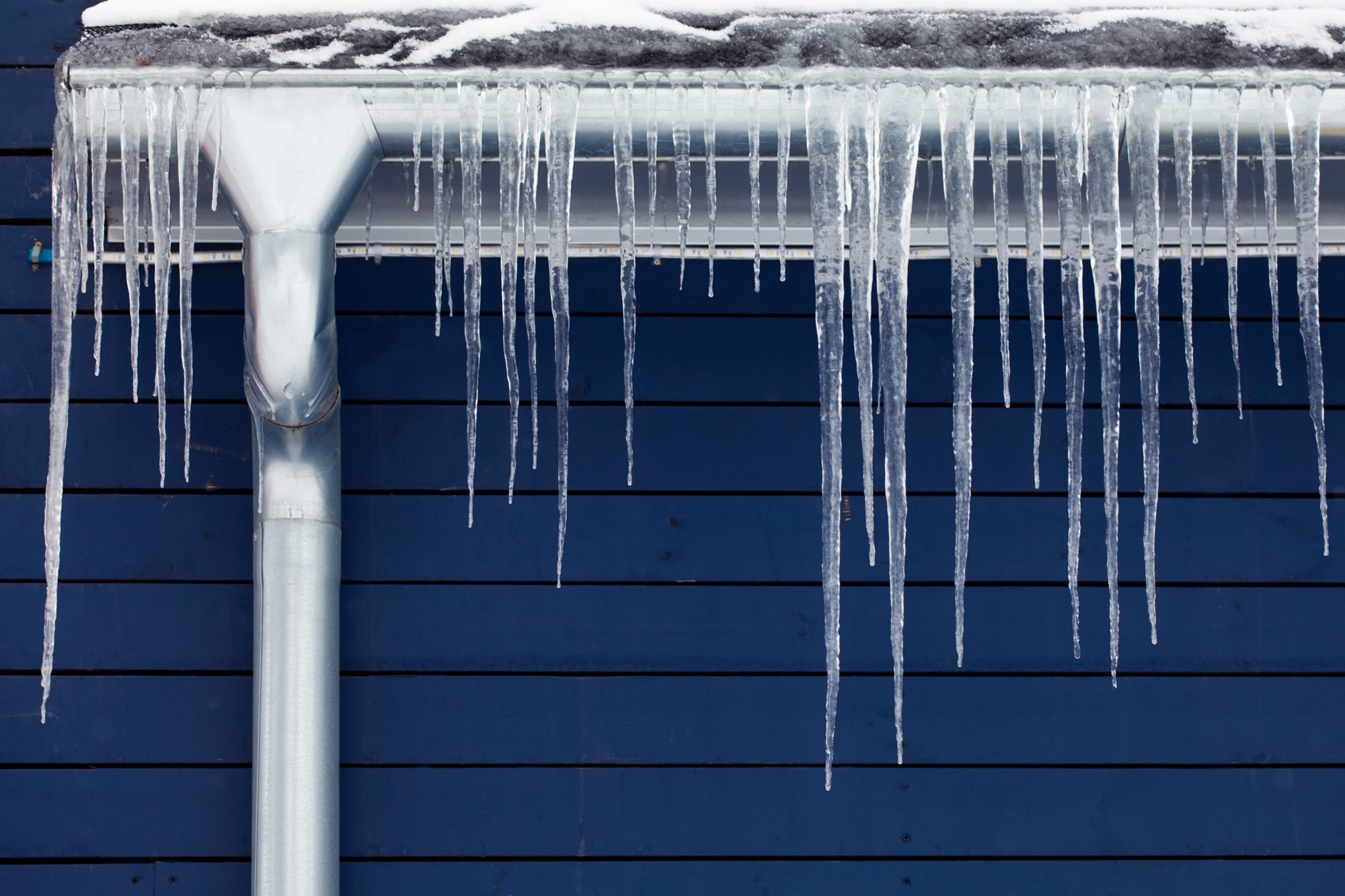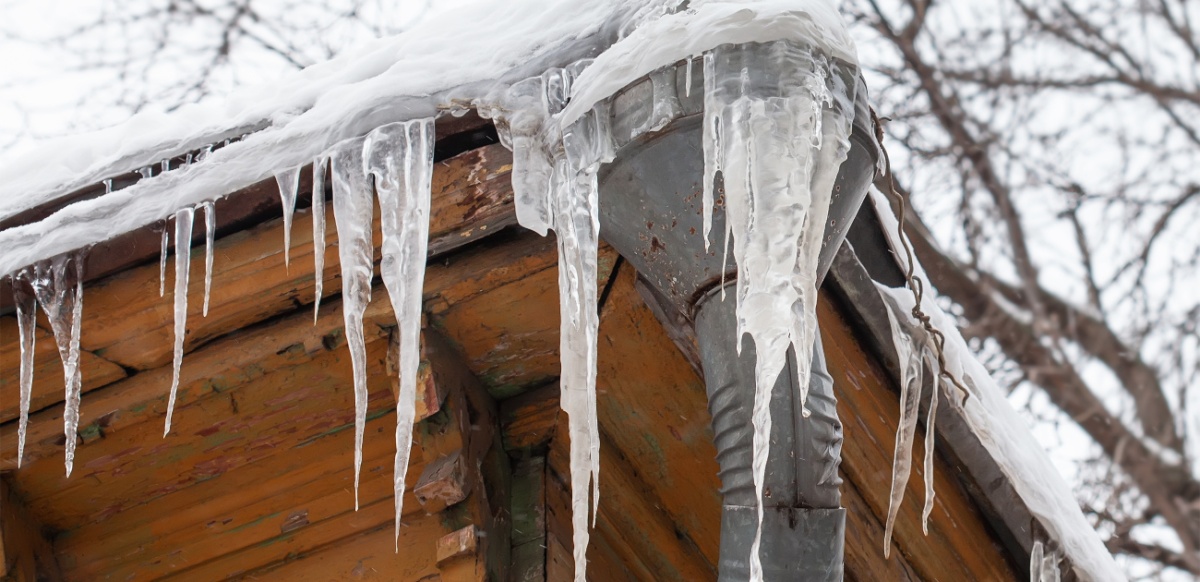Avoiding Frozen Plumbing in Cold Weather: Key Strategies
Avoiding Frozen Plumbing in Cold Weather: Key Strategies
Blog Article
This great article following next relating to Preventing and dealing with frozen pipes is rather insightful. Don't miss it.

Winter can wreak havoc on your pipes, specifically by freezing pipes. Right here's just how to avoid it from happening and what to do if it does.
Intro
As temperatures decrease, the threat of icy pipelines rises, potentially leading to pricey repairs and water damages. Comprehending just how to prevent frozen pipelines is important for homeowners in cool climates.
Prevention Tips
Shielding prone pipelines
Cover pipes in insulation sleeves or use heat tape to safeguard them from freezing temperatures. Concentrate on pipelines in unheated or external locations of the home.
Heating strategies
Maintain indoor spaces sufficiently warmed, specifically locations with pipes. Open up cupboard doors to allow warm air to circulate around pipes under sinks.
Exactly how to identify icy pipelines
Try to find decreased water circulation from faucets, unusual smells or noises from pipes, and noticeable frost on subjected pipelines.
Long-Term Solutions
Architectural changes
Consider rerouting pipelines away from exterior wall surfaces or unheated locations. Include added insulation to attic rooms, cellars, and crawl spaces.
Updating insulation
Buy high-quality insulation for pipelines, attic rooms, and walls. Appropriate insulation assists maintain regular temperatures and lowers the risk of frozen pipes.
Protecting Outdoor Plumbing
Garden pipes and outdoor taps
Detach and drain garden tubes before wintertime. Install frost-proof faucets or cover outdoor taps with insulated caps.
Comprehending Frozen Pipes
What creates pipelines to freeze?
Pipelines freeze when subjected to temperatures listed below 32 ° F (0 ° C) for prolonged periods. As water inside the pipes ices up, it broadens, taxing the pipe wall surfaces and possibly creating them to burst.
Risks and damages
Icy pipelines can result in supply of water disturbances, building damages, and costly repair work. Ruptured pipelines can flood homes and cause substantial structural damage.
Indications of Frozen Piping
Identifying icy pipes early can avoid them from breaking.
What to Do If Your Pipes Freeze
Immediate activities to take
If you think frozen pipes, maintain faucets open to soothe pressure as the ice thaws. Make use of a hairdryer or towels taken in hot water to thaw pipelines gradually.
Conclusion
Stopping frozen pipelines calls for positive steps and quick reactions. By understanding the causes, signs, and safety nets, house owners can shield their pipes during winter.
5 Ways to Prevent Frozen Pipes
Drain Outdoor Faucets and Disconnect Hoses
First, close the shut-off valve that controls the flow of water in the pipe to your outdoor faucet. Then, head outside to disconnect and drain your hose and open the outdoor faucet to allow the water to completely drain out of the line. Turn off the faucet when done. Finally, head back to the shut-off valve and drain the remaining water inside the pipe into a bucket or container. Additionally, if you have a home irrigation system, you should consider hiring an expert to clear the system of water each year.
Insulate Pipes
One of the best and most cost-effective methods for preventing frozen water pipes is to wrap your pipes with insulation. This is especially important for areas in your home that aren’t exposed to heat, such as an attic. We suggest using foam sleeves, which can typically be found at your local hardware store.
Keep Heat Running at 65
Your pipes are located inside your walls, and the temperature there is much colder than the rest of the house. To prevent your pipes from freezing, The Insurance Information Institute suggests that you keep your home heated to at least 65 degrees, even when traveling. You may want to invest in smart devices that can keep an eye on the temperature in your home while you’re away.
Leave Water Dripping
Moving water — even a small trickle — can prevent ice from forming inside your pipes. When freezing temps are imminent, start a drip of water from all faucets that serve exposed pipes. Leaving a few faucets running will also help relieve pressure inside the pipes and help prevent a rupture if the water inside freezes.
Open Cupboard Doors
Warm your kitchen and bathroom pipes by opening cupboards and vanities. You should also leave your interior doors ajar to help warm air circulate evenly throughout your home.

I recently found that entry about How to prepare your home plumbing for winter weather when exploring the search engines. Appreciated our article? Please quickly share it. Let others locate it. Thanks for taking the time to read it.
Click Here Report this page